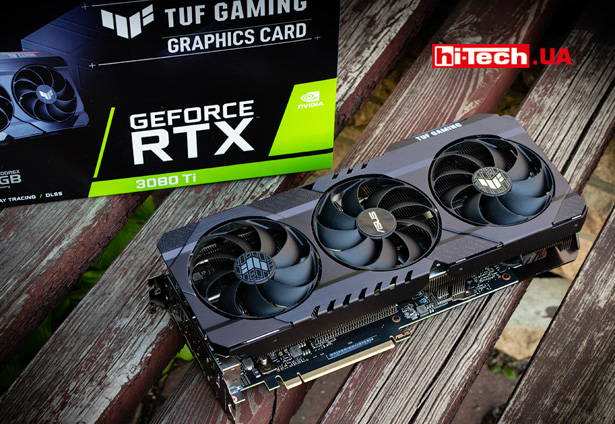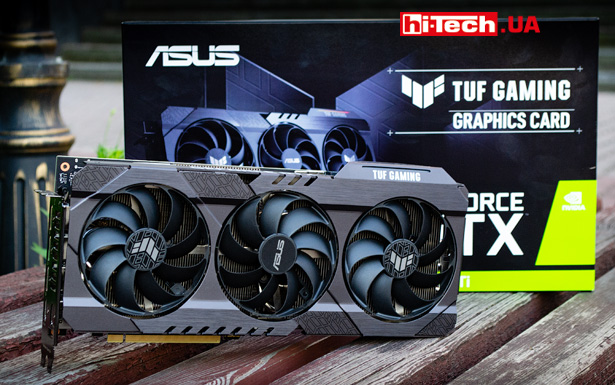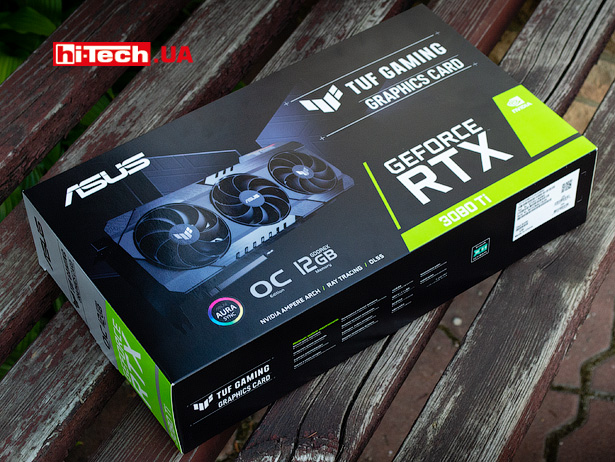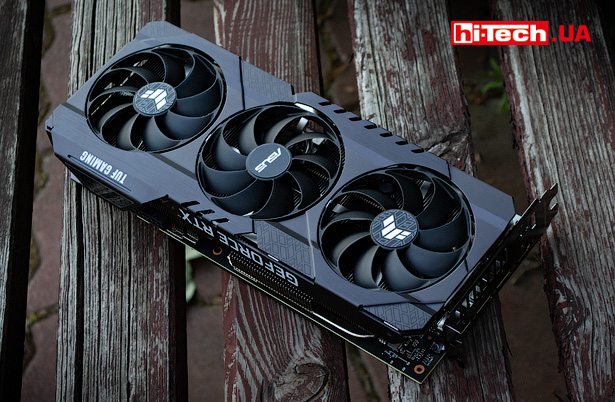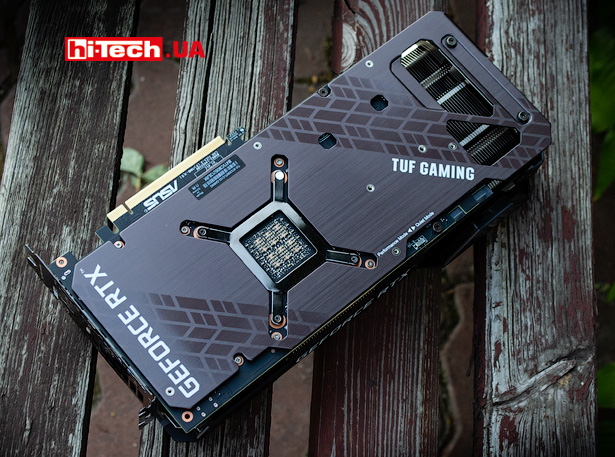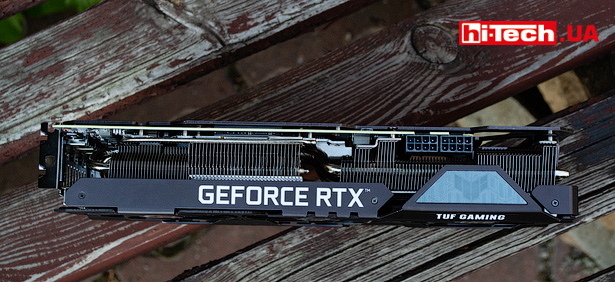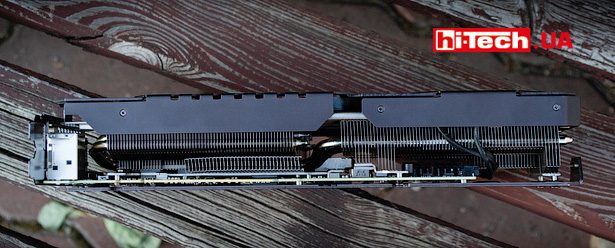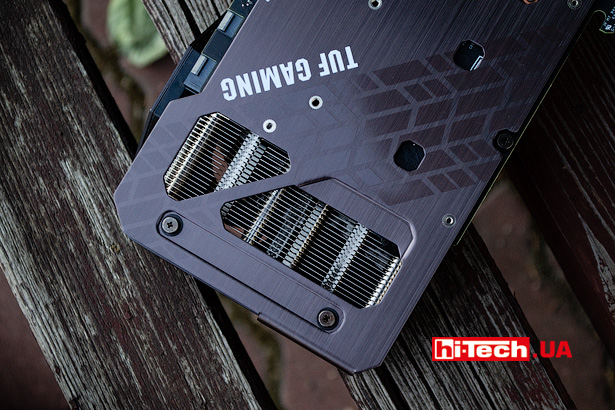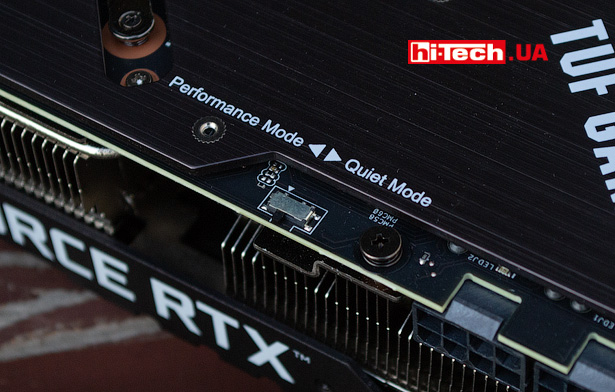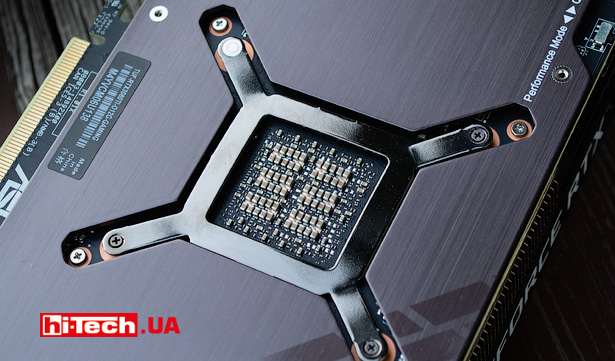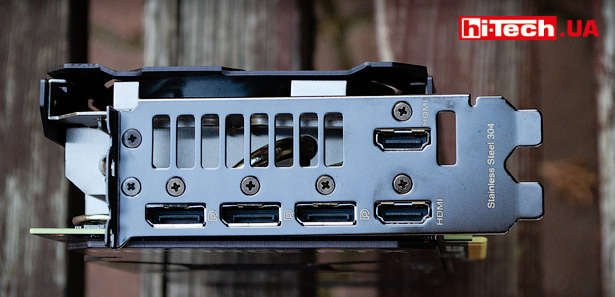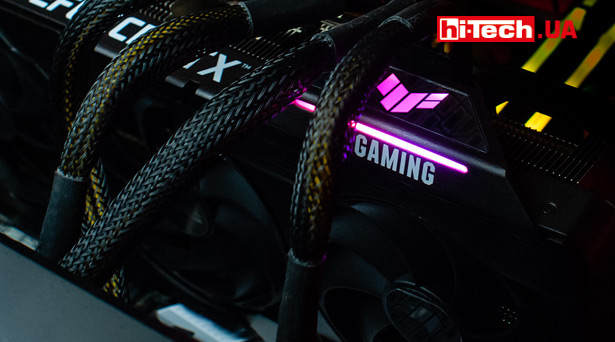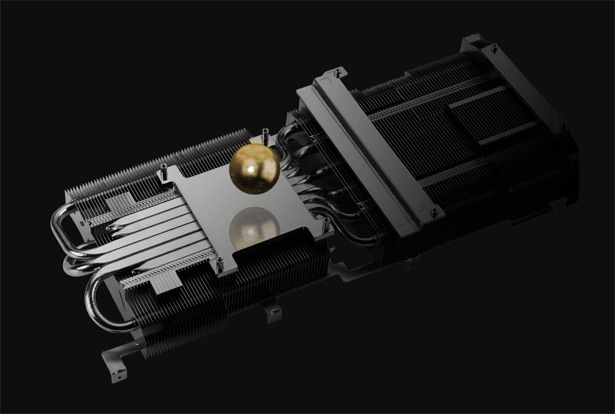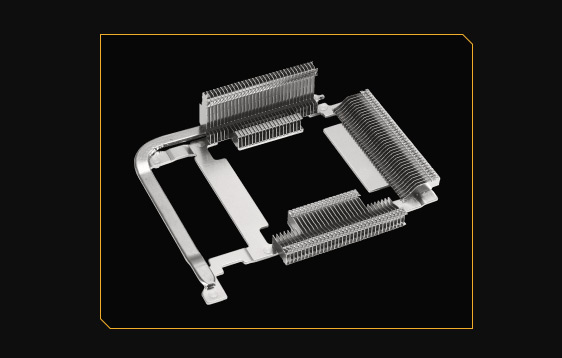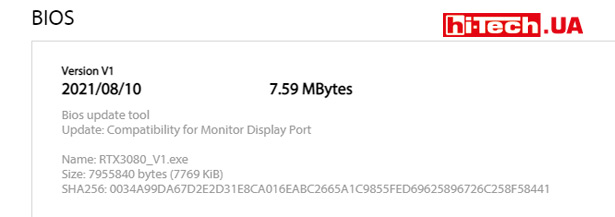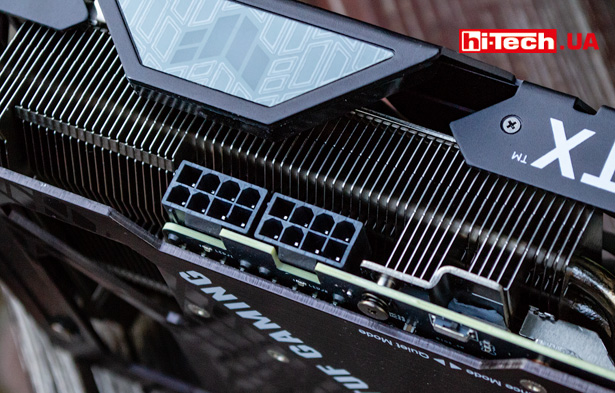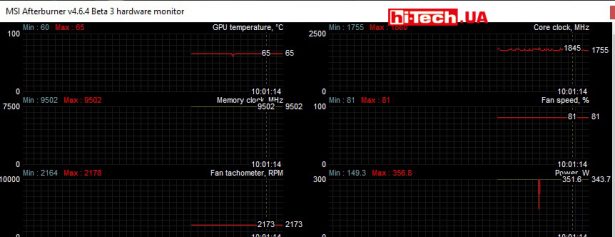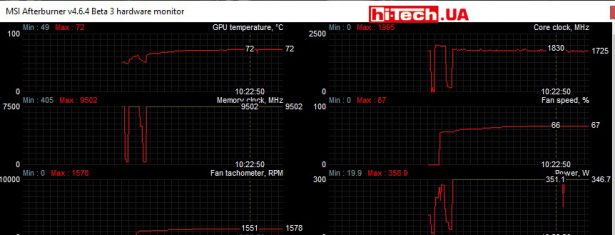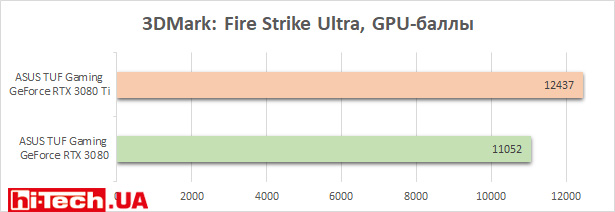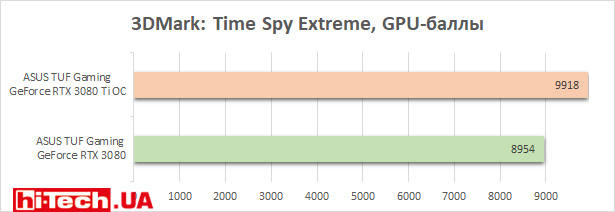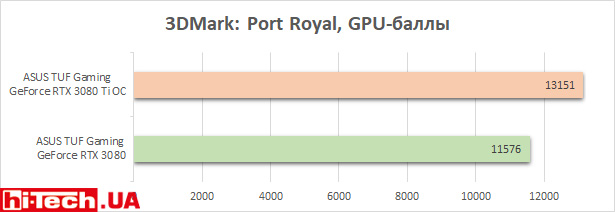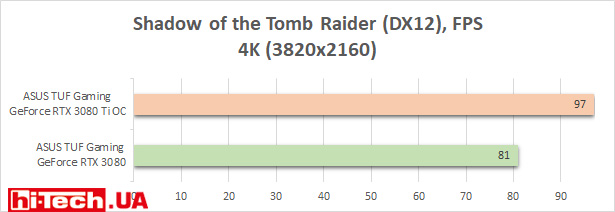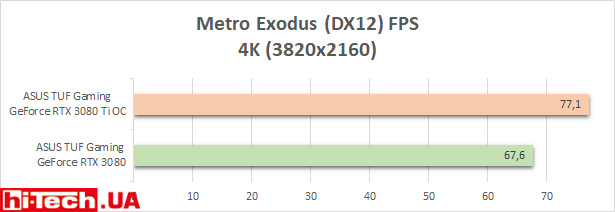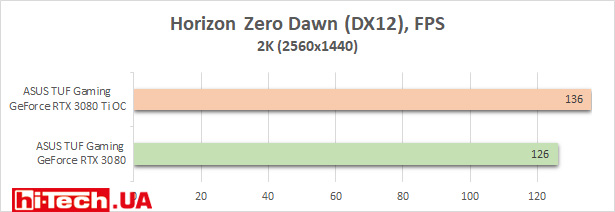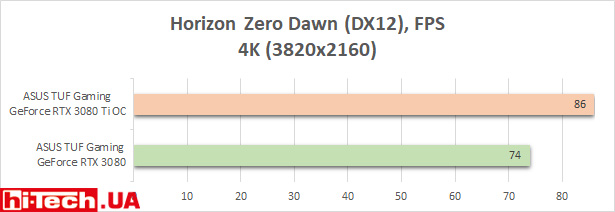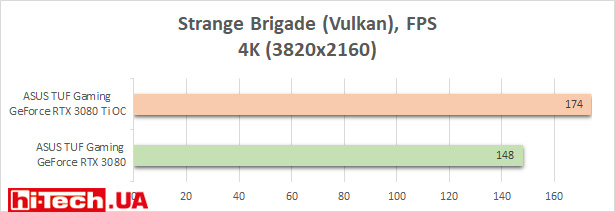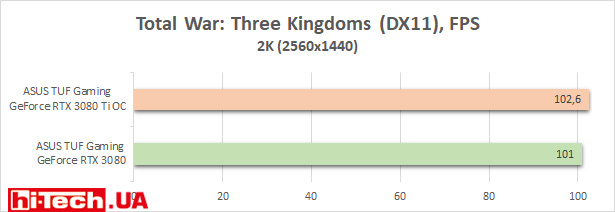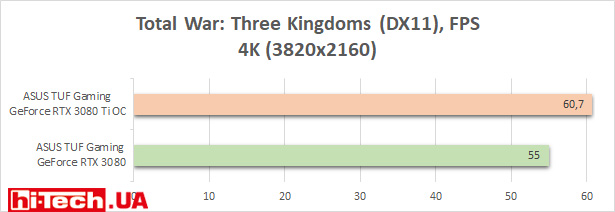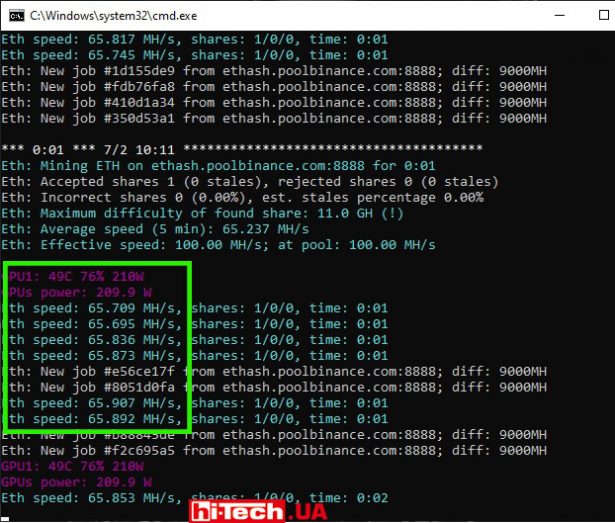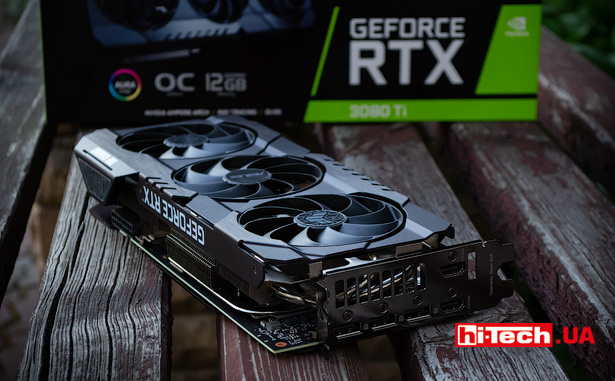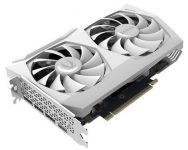Review of the ASUS TUF Gaming GeForce RTX 3080 Ti OC video card. NVIDIA is playing too hard
09.07.21
NVIDIA recently expanded its GeForce RTX 3000 family of graphics cards based on the Ampere architecture with the RTX 3080 Ti and RTX 3070 Ti.
They are higher-performance versions of the RTX 3080 and RTX 3070.
In our test, we are looking at the ASUS ROG Strix GeForce RTX 3080 Ti OC model, based, as you might guess, on the RTX 3080 Ti. This is the highest category graphics adapter.
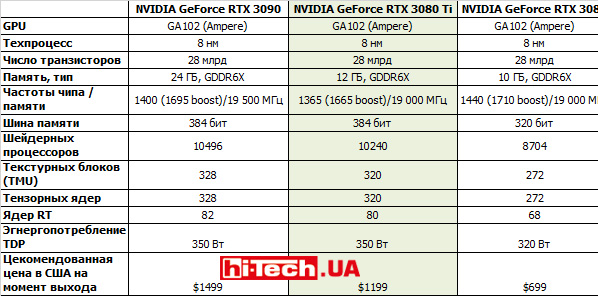
Comparison of reference characteristics of NVIDIA GeForce RTX 30890, RTX 3080 Ti and RTX 3080 video cards
Judging by the characteristics, the RTX 3080 Ti is placed between the RTX 3080 and the flagship RTX 3090.
Apart from the amount of video memory, which has increased from 10 to 12 GB, then in most respects the new RTX 3080 Ti is very close to the RTX 3090.
Getting to know ASUS TUF Gaming GeForce RTX 3080 Ti OC (TUF-RTX3080TI-O12G-GAMING)
Modern ASUS TUF-series video cards have already been reviewed by us several times.
The ASUS ROG Strix GeForce RTX 3080 Ti OC presented in the test is practically a copy of ASUS ROG Strix GeForce RTX 3080 (without Ti prefix), which we reviewed earlier.
It’s difficult to note anything noteworthy in the box other than the video card. There are no additional bonuses, such as a rug, branded ties or stickers.
The model turned out to be large, but compared to the 3080 Ti of the ASUS ROG Strix series, it is not so long and not so wide.
In our opinion, the ASUS TUF Gaming GeForce RTX 3080 Ti OC looks very cool. Moreover, we separately note thatthe front and back panels are metal.
The radiator is blown by three branded fans of the same size. ASUS sometimes installs a central fan with a large number of blades, but not this time.
The central fan rotates in the opposite direction compared to the side ones, which should distribute air flows more optimally.
The cutouts are clearly visible on the reverse side. Due to them, a small part of the radiator is blown through.
A separate switch is responsible for selecting BIOS chips with P (Performance) and Q (Quiet) modes. We will tell you more about their differences below.
In the GPU area on the reverse side of the board, ASUS decided to use exclusively ceramic MLCC capacitors (theoretically, this is some advantage).
With such power (TDP for video cards based on RTX 3080 Ti is 350 W), you would expect to have three 8-Pin power connectors, but the manufacturer implemented a design with two. We will indicate the nuances of such a solution in the section related to energy consumption.
The set of connectors includes three DisplayPort and two HDMI outputs.
A rather significant difference between the ASUS TUF series video cards and the ASUS ROG Strix series is the more modest backlight.
Only two small elements are highlighted (the stripe and the ASUS TUF logo). At the same time, there is a choice of colors and effects with the ability to synchronize with other components.
Cooling system
Apparently, the TUF-series RTX 3080 Ti and RTX 3080 models use an identical cooling system.
The large heatsink contains a series of heat pipes. The GPU chip is in contact with a heat distribution plate through which the heat pipes pass. Theoretically, this is a more advantageous, but also more expensive solution compared to “direct contact” heat pipe technology.
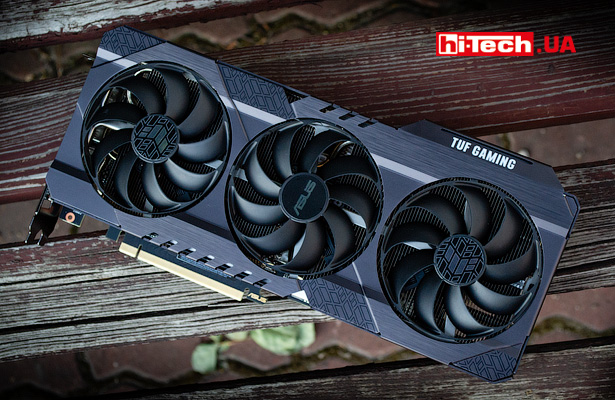
It is curious that the memory chips are cooled by a separate metal frame, and do not come into contact with the main heatsink.
The back plate, in addition to its decorative role and mechanical protection, also takes part in cooling. Some of the heat from the board is transferred to it through thermal pads.
In light load mode, when the GPU temperature drops below the set value, the fans stop completely.
The cooling system turned out to be very advanced, but the ASUS TUF Gaming GeForce RTX 3080 Ti OC also has considerable energy appetite. It will be interesting to see how effective the heat removal is.
Problem-free first launch
The first launch of the ASUS TUF Gaming GeForce RTX 3080 Ti OC video card on our ASUS TUF Z390-PRO GAMING motherboard was unsuccessful. The video card was simply not detected at the device initialization stage.
By changing the connection type from DisplayPort to HDMI, all the problems went away and the system worked without any problems.
Apparently, we have stumbled upon some compatibility nuances. After googling, we discovered that we are not alone and some other users also experience similar inconveniences.
Moreover, judging by the mentions, the problem concerns not only our TUF Gaming GeForce RTX 3080 Ti OC, but in general many models based on the RTX 3080 Ti from different manufacturers.
Perhaps this will be solved by the banal release of a new BIOS firmware, but at the time of preparation of the material (early July) there was no such update for either the video card or the motherboard.
Addition from 08/2021/16:
As expected, ASUS released a firmware update (Version V1) for this video card in August. The description states that it solves the above DisplayPort connection problem.
We check the operation: frequencies, power consumption, temperatures, noise
In the name ASUS TUF Gaming GeForce RTX 3080 Ti OC, the prefix “OC” (overclocking) implies some factory overclocking compared to the reference RTX 3080 Ti.
Indeed,The GPU boost frequency has been increased from standard 1665 to 1755 MHz. But the memory without overclocking. Its resulting frequency is 19,000 MHz.
In practice, the maximum GPU frequency depends on the games and applications. In games that load the video card to its power consumption limit, the frequency is approximately 1750–1850 MHz. This picture was observed, for example, in Witcher 3, the 3DMark Time Spy test.
In our system in Assassin’s Creed Valhalla, the video card did not reach the power consumption limit and the maximum GPU frequency was kept at a higher level – 1950–1980 MHz.
The power consumption of the ASUS TUF Gaming GeForce RTX 3080 Ti OC is fully consistent with the reference – 350 W at maximum load. This, of course, is a lot, but these are the realities of the top-end video card segment.
In video cards of this power you can often see three additional power connectors, but here only two are wired.
This solution has both advantages and disadvantages.
Many power supplies around 600 W, which would generally be enough for a system with an RTX 3080 Ti, have only two connectors for video cards. Accordingly, there will be no difficulties connecting the ASUS TUF Gaming GeForce RTX 3080 Ti OC in this case.
On the other hand,due to the smaller number of power connectors, at maximum load all power channels are loaded almost to their intended limit.
The intended limit for two 8Pin connectors is 150 + 150 W. The PCI-e bus can carry up to 75 more watts. The total is 375 W, despite the fact that the video card consumes up to 350 W.
This imposes additional requirements on the quality of connectors and wires. There shouldn’t be any “collective farm” with the use of adapters here.
There may also be nuances with a significant voltage drop when using power supplies with group stabilization (this is an entry-level power supply).
The energy consumption limit can be increased to only 107%.
According to our observations,the two modes P (Performance) and Q (Quiet), which are selected by a mechanical switch on the board, differ in fan operation profiles. We did not notice any differences in frequencies or consumption in these modes.
P mode maintains lower temperatures due to increased fan speeds. Accordingly, in Q (Quiet) mode the video card is somewhat quieter, but the temperatures are slightly higher.
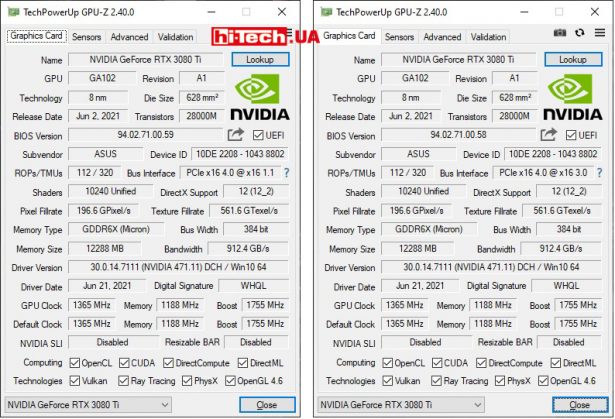
Video card parameters according to GPU-Z (on the left is the BIOS chip with P-mode enabled, on the right – with Q-mode)
An additional source of attention is the temperature of the video memory. The fact is that the GDDR6X memory, which is on board the RTX 3080, RTX 3080 Ti, RTX 3090, heats up noticeably more than the GDDR6 memory. In some video cards, the temperature of GDDR6X memory chips can reach very frightening values (100 °C and above).
Video memory temperature readings for a given video card can be monitored in the GPU-Z application.
I would like to separately say that we carried out the tests in rather difficult (for a video card) conditions at a high room temperature of about 29 °C. We specially selected a game that achieves maximum power consumption (350 W).
P (Performance) mode
The GPU temperature stabilized at 66 °C at about 2150 rpm. The operation of the fans becomes, let’s say, noticeable by ear, but at the same time, the video card cannot be called noisy.
The video memory temperature reached 84–86 °C.
Q (Quiet) mode
The GPU temperature stabilized at 72 °C with fan speeds of about 1550 rpm.
Reduced speed in this mode made the video card noticeably quieter.
The video memory temperature had already reached 92–94 °C. We would not call this an extreme level, but perhaps at high room temperatures or in conditions of insufficient ventilation of the case, the Performance mode is more optimal when it comes to working with maximum power consumption.
By the way, you can configure the fan operation profile yourself. We describe only the options that the manufacturer initially provided.
Despite the difficult test conditions and high power consumption of the video card, the ASUS TUF Gaming GeForce RTX 3080 Ti OC cooling system generally did a good job of dissipating heat.
In terms of throttle whine, this video card turned out to be almost the quietest of all that we have tested since the beginning of the year.
Performance
Test system configuration:
- Processor: Intel Core i5-9600KF overclocked to 4.8 GHz on all cores
- CPU cooler: Thermalright MUX-120 + Arctic P12 PWM fan
- Motherboard: ASUS TUF Z390-PRO GAMING
- RAM: 2×8 GB DDR4 3200 MHz (Kingston HyperX FURY DDR4 RGB HX432C16FB3AK2/16)
- Storage: ADATA S511 120 GB (system) + Goodram SSD IRDM M.2 1 TB
- Power supply: Enermax Revolution D.F. 650W
- Driver used with ASUS TUF Gaming GeForce RTX 3080 video card: 456.55
- Driver used with ASUS TUF Gaming GeForce RTX 3080 Ti OC video card: 471.11
We compared the reviewed ASUS TUF Gaming GeForce RTX 3080 Ti OC with a video card based on NVIDIA GeForce RTX 3080, which was played by the ASUS TUF Gaming GeForce RTX 3080.
The games used 2K (2560×1440 pixels) and 4K (3820×2160 pixels) resolutions.
When moving from 2K to 4K resolution, the advantage of the RTX 3080 Ti over the RTX 3080 increases, which is logical.
In general, the difference in performance between these models reaches 10–15%, in rarer cases – a little more.
NVIDIA GeForce RTX 3080 Ti and mining
NVIDIA has decided to make its new video cards less attractive to miners by introducing various mining performance limits.
Graphics adapters based on the RTX 3080 Ti also received this feature. Moreover, NVIDIA took into account previous experience and the limiter protection is now more advanced.
In this case, if we are not mistaken, the limiter is provided only for mining using the Ethash hashing algorithm. This is the most popular algorithm for mining on video cards and is used to mine the Ethereum (ETH) cryptocurrency.
With default settings, the hashrate for Ethereum (ETH) mining turned out to be about 56 Mh/s with a consumption of around 305 W.
But no one mines like that. Therefore, we experimented with the settings and after undervolting in combination with overclocking the video memorywe received about 66 Mh/s with a consumption of 210 W.
In this mode, if desired, it is easy to keep the video memory temperature below 90 °C (the Ethash algorithm heavily loads the video memory).
For comparison, the RTX 3080 without mining restrictions can produce 90+ Mh/s.
It turns out that in terms of hashrate and power consumption, the RTX 3080 Ti is only slightly better than the “ancient” video cards of the GTX 1000 generation (Polaris), and this makes it really not very attractive for cryptocurrency miners, given how much it costs.
If mining profitability increases significantly compared to the situation at the beginning of July 2021, even this will become of interest to miners.
Conclusions
A 10-15% increase in performance compared to the RTX 3080 and a large 1.7-fold difference in price (we are talking about recommended prices). This is how you can most accurately and briefly describe the new RTX 3080 Ti.
The RTX 3080 Ti is not quite what users expected. Instead of some relatively affordable RTX 3050/3050 Ti, spoiled by wild demand, mostly caused by the mining boom, NVIDIA is rolling out another “monster” of the upper category with a far from attractive performance-to-price ratio.
With simply excellent performance, the NVIDIA GeForce RTX 3080 Ti risks being not very interesting for miners (due to limitations and price), and for gamers (RTX 3080 and lower models are more attractive in price), and for professionals (for whom it will be more interesting RTX 3090 with its memory capacity of 24 GB).
But recommended prices, especially for the USA, are one thing, and the market may well arrange everything in accordance with demand.
By the way, with the fall in mining profitability, prices for video cards have decreased slightly compared to the situation a month ago, although they are still very high.
And we have no particular complaints about the ASUS TUF Gaming GeForce RTX 3080 Ti OC (TUF-RTX3080TI-O12G-GAMING).
This is another cool model of the modern ASUS TUF line and a very attractive option for a graphics card based on the RTX 3080 Ti.
Removing heat from a board with a consumption of 350 W is not an easy task, but the installed cooling system copes with this very well.
ASUS TUF Gaming GeForce RTX 3080 Ti OC has not yet reached the catalogs of Ukrainian stores, so we do not indicate a specific price. In general, in the first half of July, RTX 3080 Ti video cards in Ukraine cost about 60,000 UAH ($2,200).
| Characteristics of ASUS TUF Gaming GeForce RTX 3080 Ti OC (TUF-RTX3080TI-O12G-GAMING) | |
| Model: | NVIDIA GeForce RTX 3080 Ti |
| Interface: | PCI Express 4.0 ×16 |
| GPU: | GA106 (Ampere) |
| Technical process: | 8 nm |
| Video memory: | 12 GB, GDDR6X |
| Memory bus: | 384 bit |
| GPU frequency: | 1365 (1755 boost) MHz |
| Resulting memory frequency: | 19,000 MHz |
| Outputs: | 2×HDMI (2.1), 3× DisplayPort (1.4a) |
| Additional power connector: | 2×8 Pin |
| Energy consumption: | 350 W |
| Supplier: | ASUS Representative Office |
| Recommended price in the USA: | $1199 |
| Conventional price in Ukraine (at the time of publication): | $2200 |
Rating:
+ great performance
+ high-quality materials of the “body”
+ efficient cooling system
+ fans switch off at low load
+ dual BIOS
- large dimensions
- high energy consumption
- price
See also:
- Review of the ASUS ROG Strix Radeon RX 6700 XT OC video card. Huge mid-range video card
- Review of the ASUS ROG Strix GeForce RTX 3060 video card. Is it far behind the RTX 3060 Ti?
- Video card review ASUS TUF GAMING Radeon RX 6800. AMD did it
- Review of the MSI GeForce RTX 3080 Suprim X 10G video card. Bentley in the world of video cards
- Review of the MSI GeForce RTX 3080 GAMING X TRIO 10G video card. Comparison with RTX 2080 Super
- Video card review ASUS ROG Strix GeForce RTX 3070. With a large margin
- Review of the ASUS TUF Gaming GeForce RTX 3080 video card and RGB PC build in ASUS style
Engineer of the Test Laboratory
Don't miss interesting news
Subscribe to our channels and read announcements of high-tech news, tes
Oppo A6 Pro smartphone review: ambitious

Creating new mid-range smartphones is no easy task. Manufacturers have to balance performance, camera capabilities, displays, and the overall cost impact of each component. How the new Oppo A6 Pro balances these factors is discussed in our review.
Editor’s Choice 2025. Best devices of the year by hi-tech.ua

The best gaming laptops, mice for work, gaming keyboards, smartphones, and wireless headphones of 2025. Among them, we will highlight the most interesting ones and those that we can recommend buying.
NVIDIA will reduce supply of GeForce RTX 50 graphics cards business NVIDIA videocard
NVIDIA may cut production of GeForce RTX 50 series graphics cards by 30-40% in the first half of 2026
Modern Mercedes-Benz Unimog get 7.7-liter V6 car Mercedes-Benz
The concept is based on the Mercedes-Benz Unimog U 4023 with portal axles, a robust frame and a full set of differential locks. The main technical change was the replacement of the standard 5.1-liter diesel engine

